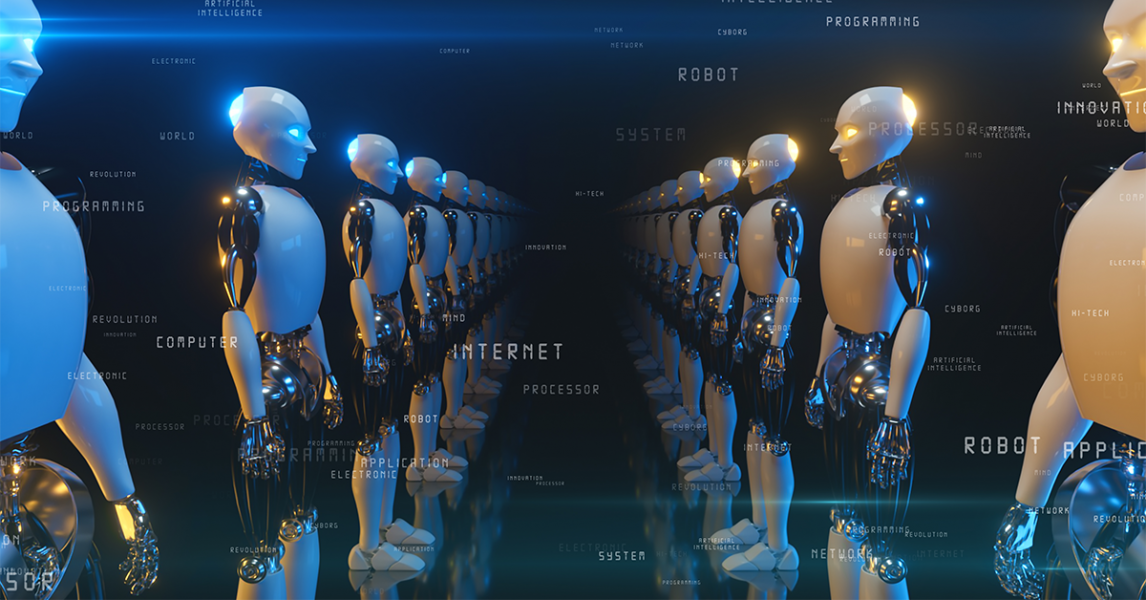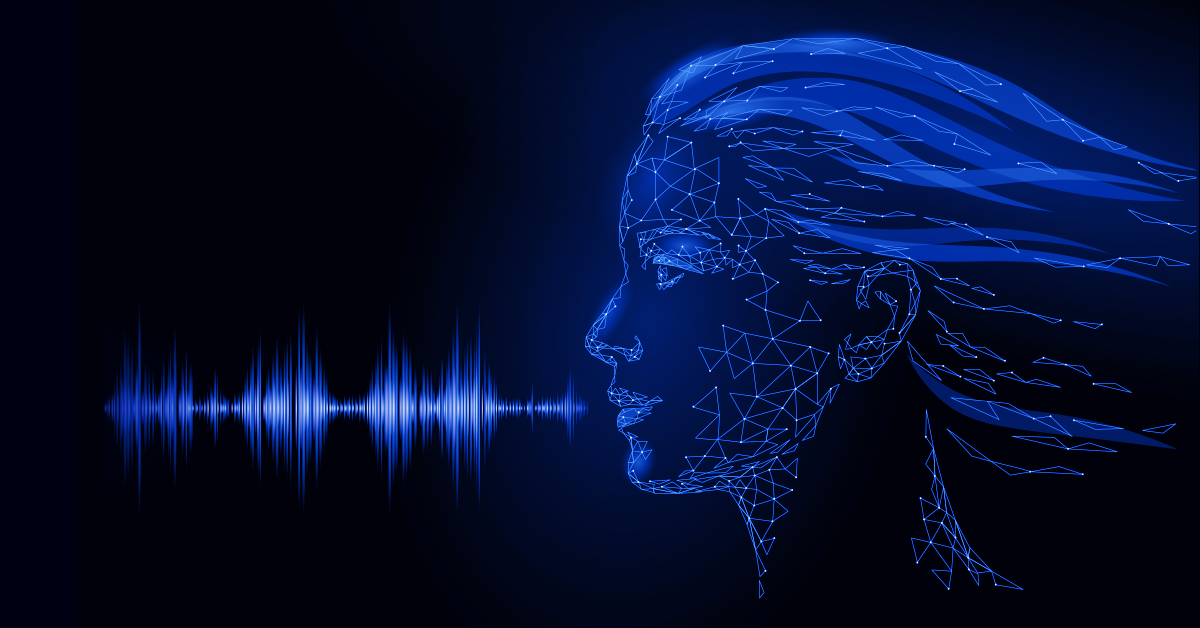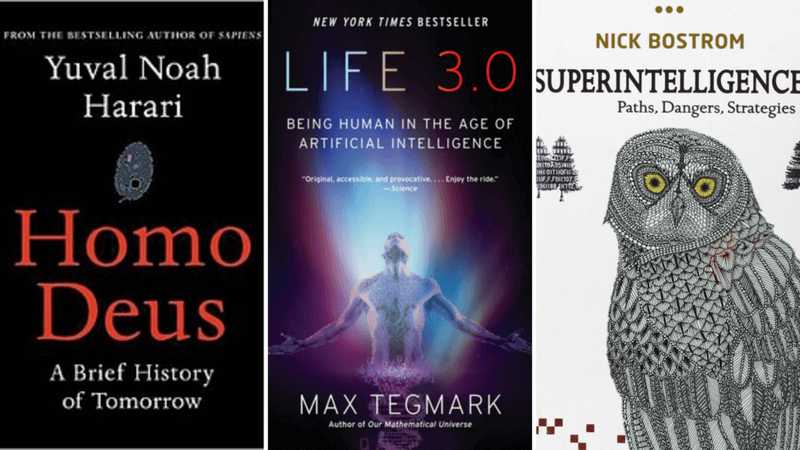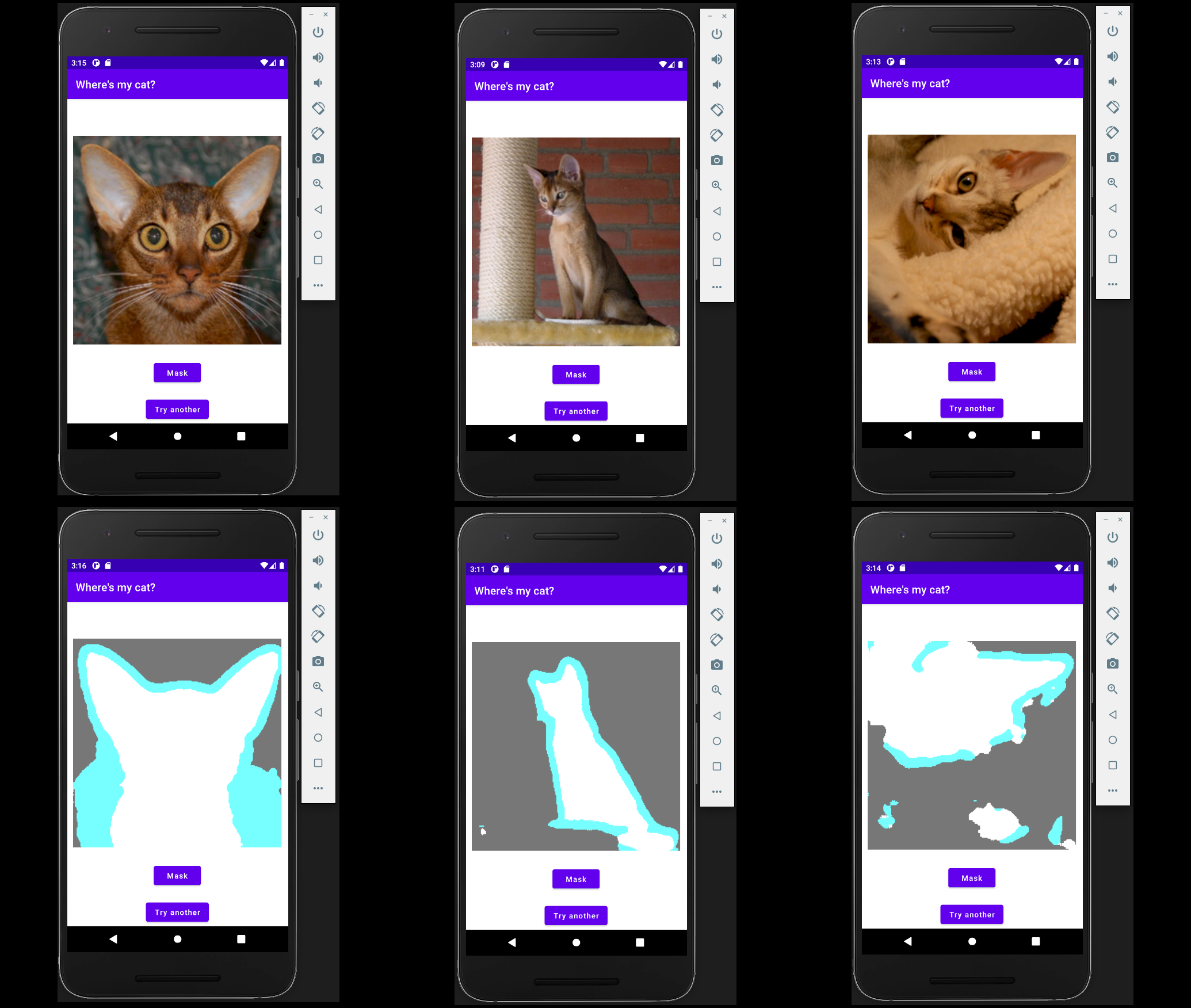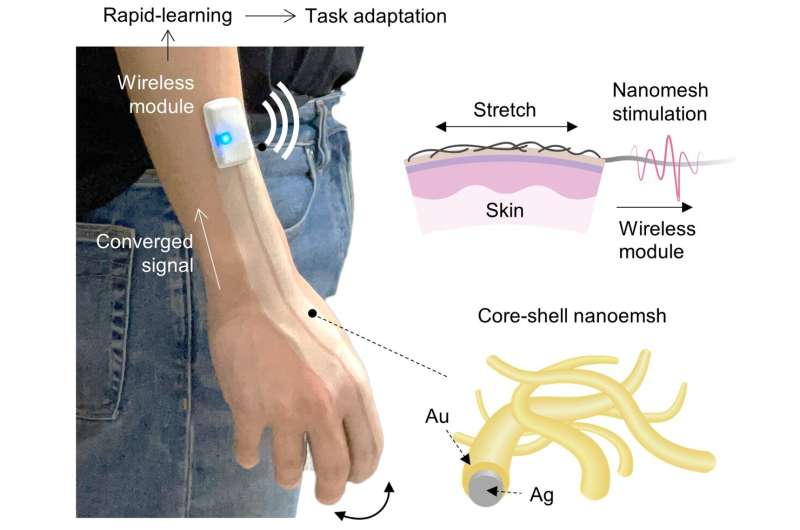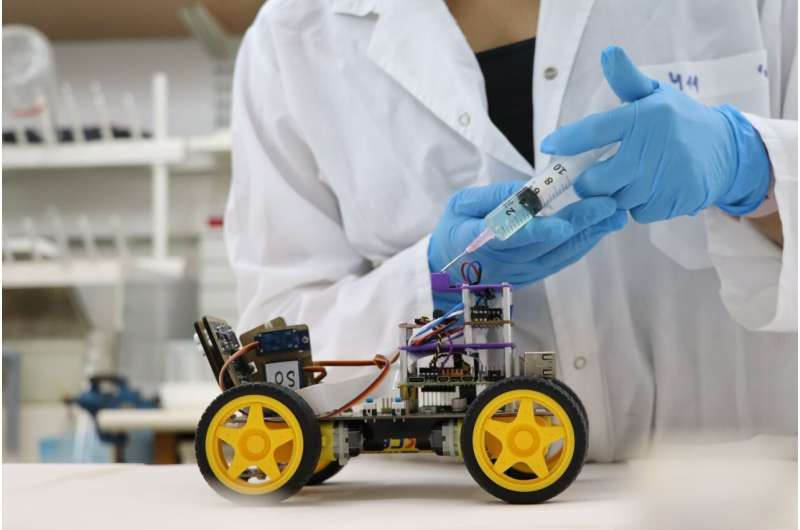How Google’s AI Is Unlocking the Secrets of Dolphin Communication
Dolphins are known for their intelligence, complex social behaviors, and intricate communication systems. For years, scientists and animal lovers have been fascinated by the idea of whether dolphins possess a language similar to that of humans. In recent years, artificial intelligence (AI) has opened up exciting new possibilities for exploring this question. One of the […] The post How Google’s AI Is Unlocking the Secrets of Dolphin Communication appeared first on Unite.AI.


Dolphins are known for their intelligence, complex social behaviors, and intricate communication systems. For years, scientists and animal lovers have been fascinated by the idea of whether dolphins possess a language similar to that of humans. In recent years, artificial intelligence (AI) has opened up exciting new possibilities for exploring this question. One of the most innovative developments in this field is the collaboration between Google and the Wild Dolphin Project (WDP) to create DolphinGemma, an AI model designed to analyze dolphin vocalizations. This breakthrough could not only help decode dolphin communication but also potentially pave the way for two-way interactions with these remarkable creatures.
AI's Role in Understanding Dolphin Sounds
Dolphins communicate using a combination of clicks, whistles, and body movements. These sounds vary in frequency and intensity, which may signal different messages depending on the social context, such as foraging, mating, or interacting with others. Despite years of study, understanding the full range of these signals has proven challenging. Traditional methods of observation and analysis struggle to handle the massive amount of data generated by dolphin vocalizations, making it difficult to draw insights.
AI helps overcome this challenge by using machine learning and natural language processing (NLP) algorithms to analyze large volumes of dolphin sound data. These models can identify patterns and connections in vocalizations that are beyond the capabilities of the human ear. AI can differentiate between various types of dolphin sounds, classify them based on characteristics, and link certain sounds to specific behaviors or emotional states. For example, researchers have noticed that certain whistles seem to relate to social interactions, while clicks are typically tied to navigation or echolocation.
While AI holds great potential in decoding dolphin sounds, collecting and processing vast amounts of data from dolphin pods and training AI models on such a large dataset remain significant challenges. To address these challenges, Google and the WDP have developed DolphinGemma, an AI model designed specifically for analyzing dolphin communication. The model is trained on extensive datasets and can detect complex patterns in dolphin vocalizations.
Understanding DolphinGemma
DolphinGemma is built on Google’s Gemma, an open-source generative AI models with around 400 million parameters. DolphinGemma is designed to learn the structure of dolphin vocalizations and generate new, dolphin-like sound sequences. Developed in collaboration with the WDP and Georgia Tech, the model uses a dataset of Atlantic spotted dolphin vocalizations that have been collected since 1985. The model utilizes Google’s SoundStream technology to tokenize these sounds, allowing it to predict the next sound in a sequence. Much like how language models generate text, DolphinGemma predicts the sounds dolphins might make, which help it to identify patterns that could represent grammar or syntax in dolphin communication.
This model can even generate new dolphin-like sounds, similar to how predictive text suggests the next word in a sentence. This ability could help identify the rules governing dolphin communication and provide insights on understanding whether their vocalizations form a structured language.
DolphinGemma in Action
What makes DolphinGemma particularly effective is its ability to run on devices like Google Pixel phones in real-time. With its lightweight architecture, the model can operate without the need for expensive, specialized equipment. Researchers can record dolphin sounds directly on their phones and immediately analyze them with DolphinGemma. This makes the technology more accessible and helps reduce research costs.
Furthermore, DolphinGemma is integrated into the CHAT (Cetacean Hearing Augmentation Telemetry) system, which allows researchers to play synthetic dolphin-like sounds and observe responses. This could lead to the development of a shared vocabulary by enabling two-way communication between dolphins and humans.
Broader Implications and Google's Future Plan
The development of DolphinGemma is significant not only for understanding dolphin communication but also for advancing the study of animal cognition and communication. By decoding dolphin vocalizations, researchers can get deeper insights on dolphin social structures, priorities, and thought processes. This could not only improve conservation efforts by understanding the needs and concerns of dolphins but also has the potential to expand our knowledge about animal intelligence and consciousness.
DolphinGemma is part of a broader movement using AI to explore animal communication, with similar efforts underway for species such as crows, whales, and meerkats. Google plans to release DolphinGemma as an open model to the research community in the summer of 2025, with the goal of extending its application to other cetacean species, like bottlenose or spinner dolphins, through further fine-tuning. This open-source approach will encourage global collaboration in animal communication research. Google is also planning to test the model in the field during the upcoming season which could further expand our understanding of Atlantic spotted dolphins.
Challenges and Scientific Skepticism
Despite its potential, DolphinGemma also faces several challenges. Ocean recordings are often affected by background noise, making sound analysis difficult. Thad Starner from Georgia Tech, a researcher involved in this project, points out that much of the data includes ambient ocean sounds, requiring advanced filtering techniques. Some researchers also question whether dolphin communication can truly be considered language. For example, Arik Kershenbaum, a zoologist, suggests that, unlike the complex nature of human language, dolphin vocalizations may be a simpler system of signals. Thea Taylor, director of the Sussex Dolphin Project, raises concerns about the risk of unintentionally training dolphins to mimic sounds. These perspectives highlight the need for rigorous validation and careful interpretation of AI-generated insights.
The Bottom Line
Google’s AI research into dolphin communication is a groundbreaking effort that brings us closer to understanding the complex ways dolphins interact with each other and their environment. Through artificial intelligence, researchers are detecting hidden patterns in dolphin sounds, offering new insights into their communication systems. While challenges remain, the progress made so far highlights the potential of AI in animal behavior studies. As this research evolves, it could open doors to new opportunities in conservation, animal cognition studies, and human-animal interaction.
The post How Google’s AI Is Unlocking the Secrets of Dolphin Communication appeared first on Unite.AI.






















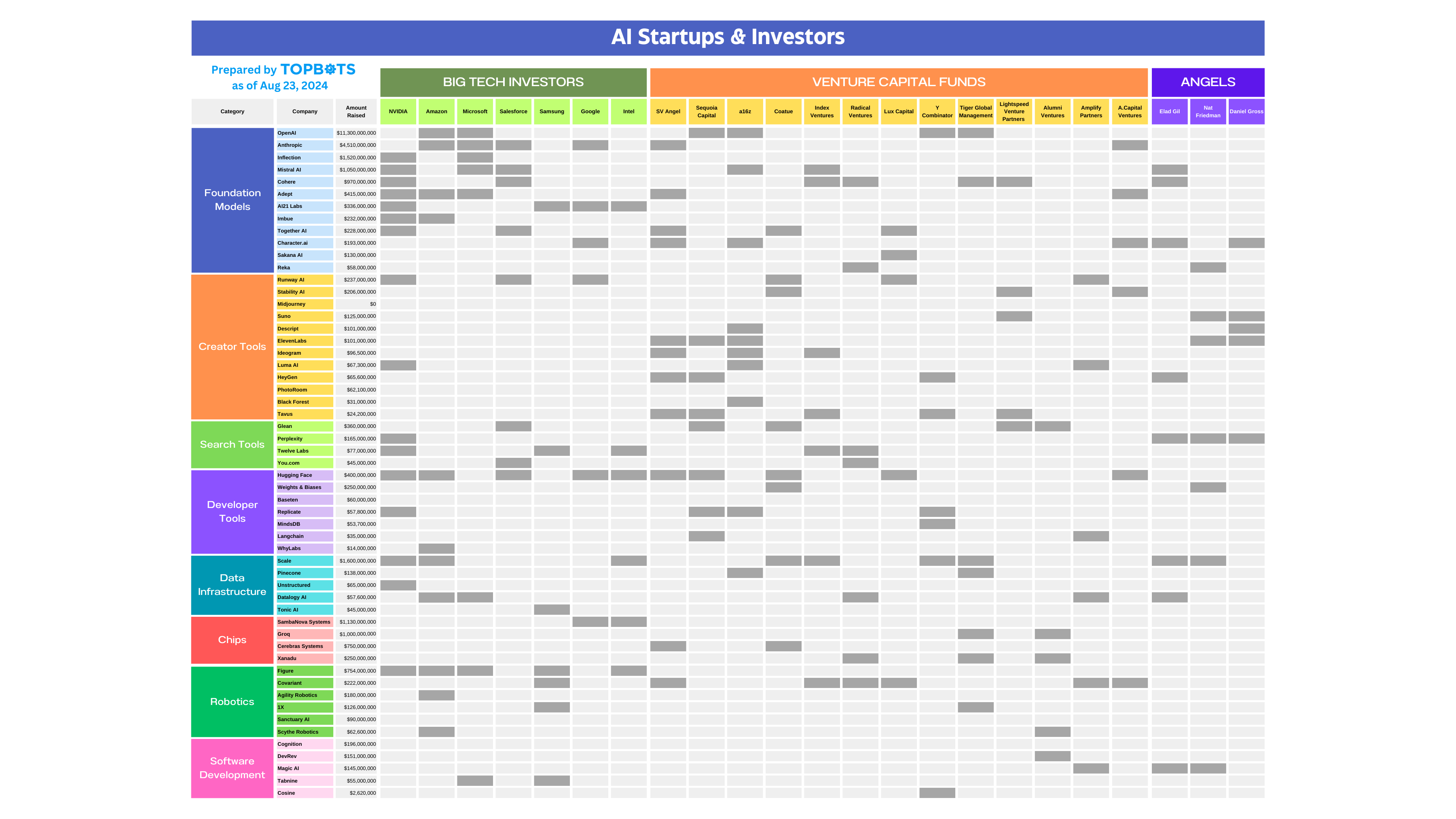





















![[The AI Show Episode 143]: ChatGPT Revenue Surge, New AGI Timelines, Amazon’s AI Agent, Claude for Education, Model Context Protocol & LLMs Pass the Turing Test](https://www.marketingaiinstitute.com/hubfs/ep%20143%20cover.png)
















